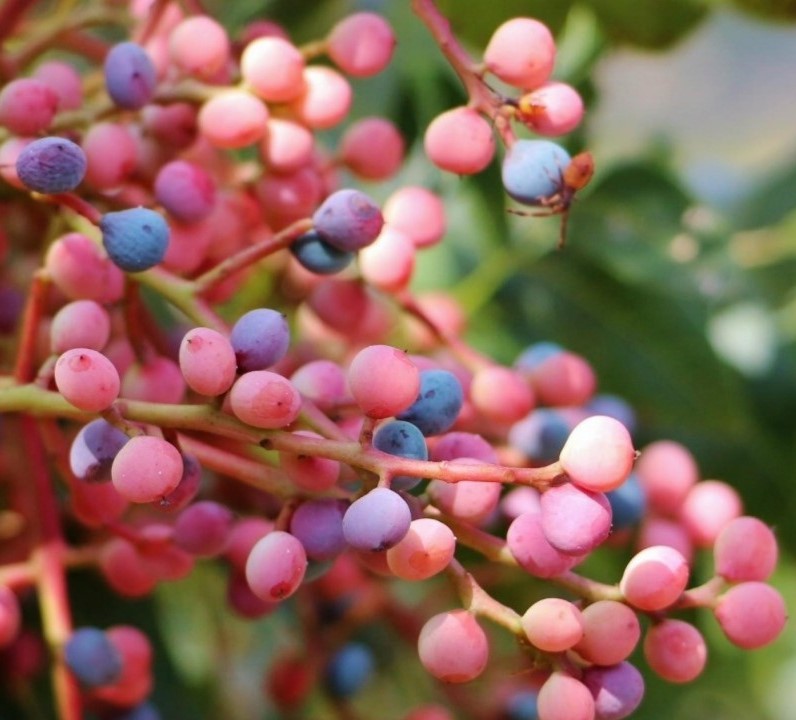Pistacia Atlantica
Pistachio atlantica is a deciduous tree growing up to 7 m (23 ft.) tall with branches spreading and growing erect to form a dense crown. The trunk is stout and covered in fissured bark. Old trees may have trunks measuring 2 m (6 ft. 7 in) in diameter; it may take 200 years for a tree to reach 1 m (3 ft. 3 in) wide. The leaves are pinnate, each with seven to 9 lance-shaped leaflets.The leaves and branches often have galls when the tree is infested with gall-producing species of aphids, including Pemphigus utricularis, Slava wertheimer, and Forda riccoboni.Pistachio atlantics is the main herbal medicine that has been widely used in the Middle Eastern and Mediterranean areas since ancient time. Pistachio atlantics has been used for multiple purposes like stomach diseases, renal disorders, wounds and coughs. The aim of this study is to review its botanical characterization, traditional applications, photochemistry effects and pharmacological activities.The species is dioecious (individual flowers are either male or female, but only one sex is to be found on any one plant so both male and female plants must be grown if seed is required).The plant is not self-fertile.Suitable for: light (sandy) and medium (loamy) soils and prefers well-drained soil. Suitable pH: mildly acid, neutral and basic (mildly alkaline) soils and can grow in very alkaline soils.It cannot grow in the shade. It prefers dry or moist soil and can tolerate drought.

